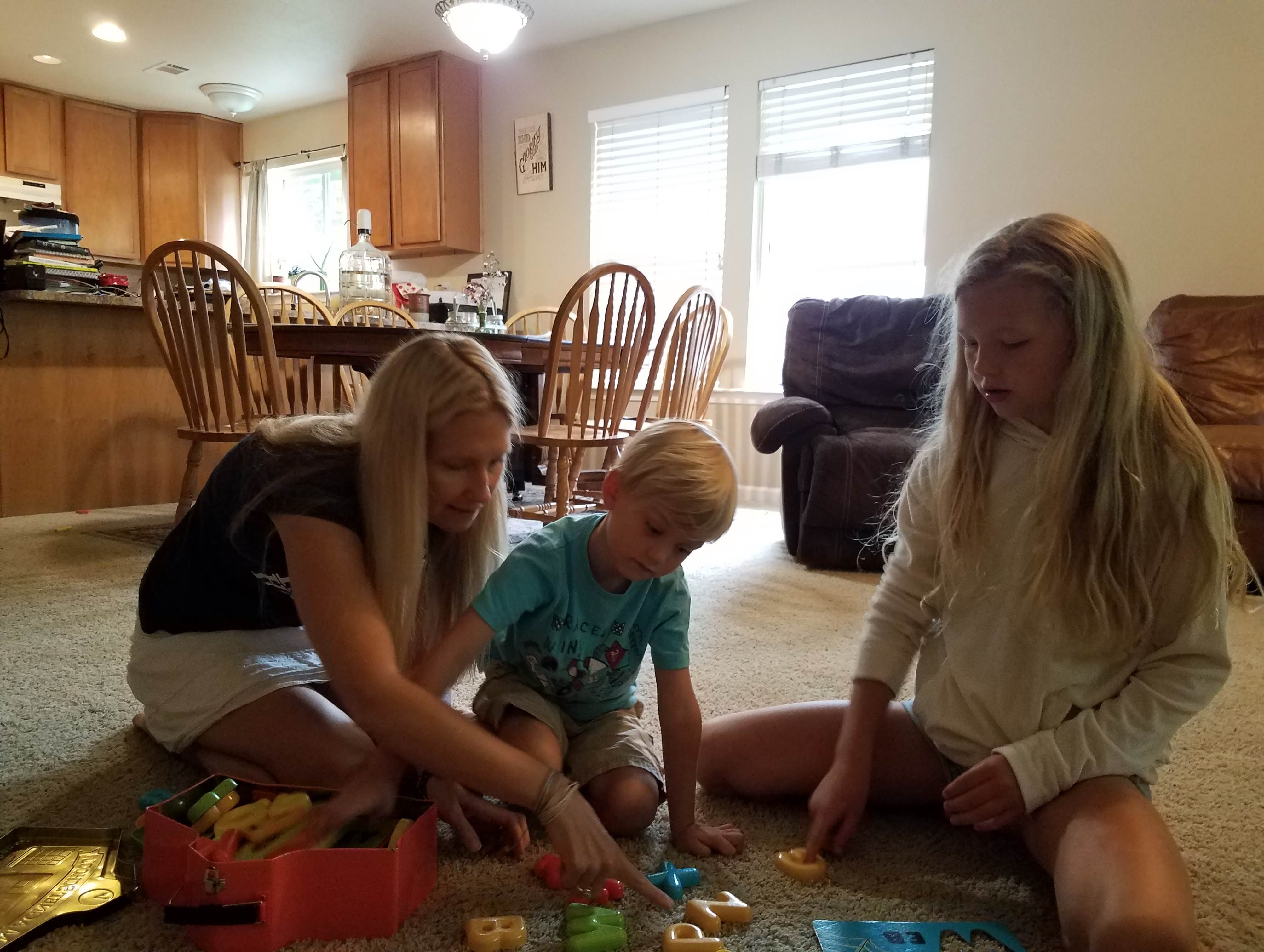Where Do You Like to Study?
When I attended high school, students all sat in straight-back chairs with attached wooden desks under fluorescent lights. Some students prefer a structured environment for learning, but not me! Once I returned home, I threw my books on the floor of my room, propped up the pillows on my bed, and completed my homework, lounging comfortably under the covers.
I always felt my most productive study time was at home, rather than at school. This was because the environment was more comfortable and less distracting to me.
There are some great benefits to learning at home. One is that you can create the exact environment you would like. It is easy and doesn’t need to be expensive.
Environmental Factors
The factors that figure into the learning environment are sound, light, temperature, and seating design. If you read Determining How I Learn Best: An Overview of Learning Styles, you will recall that not all features affect everyone, but if you have a strong preference for or against something in the environment, it can affect your education.
Sound
Quiet: I like it quiet when I study. I want to be able to concentrate without interruption, and I want to hear myself think. Noise excites and distracts me from learning. 10-12% of the population likes it quiet. Set up a serene study area for these students. You can use the bedroom, the bottom of a closet, or part of the garage. Let these learners be alone and close the door. The important point is to provide a place where this child has it quiet enough to concentrate. Earplugs and noise-canceling headphones may help.
Background noise: These are the students who turn on the television and ignore it. They are blocking distractions with sound. Soft music or classical music with no words is recommended. Background sound apps with birds, the ocean, or a shower might also benefit.
In my personal experience, the teens who have a strong preference for background noise have fought me on the “no words” and “soft music”. They pick and choose from Spotify and create their own study playlists. Then they listen through their headphones, so they don’t disturb me, because I like it quiet.
Light
Dim: If bright light makes your child fidget, then close the curtains or use lamps instead of overhead lights. I recently went to visit a student at his home, and he was so excited to show me he had a new remote-control ceiling fan with a light kit. He demonstrated how he could dim the lights from anywhere in the room. He prefers a soft light for study.
For a less expensive transformation, than installing a whole new light fixture with a dimmer switch, you might consider “smart bulbs”. These bulbs dim and change color. The add says there are literally millions of colors. My children bought these for their study area, and I had to admit, they are super cool. No electrician is needed. You screw in the light bulb and use an app on your phone, tablet, or computer to design muted or brighter hues. They cost about $10.00 apiece from Amazon.
Bright: If dim light makes your child sleepy or grumpy, then open the windows and turn on the lights. Sometimes children find the dim light irritating. Let them sit next to a window or have a desk lamp at the table. Brilliant and dazzling light perks them up and helps them focus.
Temperature:
Some like it hot and some like it cold. I shut down and want to go to sleep if I am too cold, so I bring a sweater everywhere. If you like it cool, then study in your shorts, turn on the AC or a fan, and begin.
Seating Design:
Informal: If your child prefers a comfy setting for schoolwork, don’t make them sit at a desk. Some children feel more secure and comfortable when their environment is casual. If this is the case, let them study in a relaxed setting. The floor, the couch, or the bed are perfectly acceptable places for learning.
Formal: However, if your child prefers a more conventional plan, then provide a study area with a table or desk and a straight back chair.
Should I Make Any Changes to My Child’s Learning Environment?
Take a look at your child’s preferences and evaluate them. Most parents know the environmental factors their child favors before asking, but you can ask anyway. Investigate where they like to study and why. I’ve seen children who prefer to be swinging on the swing set in the sunshine while they listen to podcasts or memorize facts. I’ve seen others who prefer studying inside, at the kitchen table with the blinds drawn. We are all unique.
What simple changes can you make that will help your child learn? Get creative. As you assess, remember that variations should help skills improve. If any adjustment distracts or takes away from learning, then it has no benefit.
Do you have a great picture of your child studying? Send it to [email protected]. I will consider the photos and maybe publish a few. (For confidentiality, please include only a first name and/or age. If you share a photo with me, it is understood that you are granting permission for me to publish it on my website.)
More articles on learning style preferences can be found here:
Determining How I Learn Best: An Overview of Learning Styles
Teach with Learning Styles in Mind
Emotional Preferences for Learning
Global vs Analytical Learning Style Preferences

